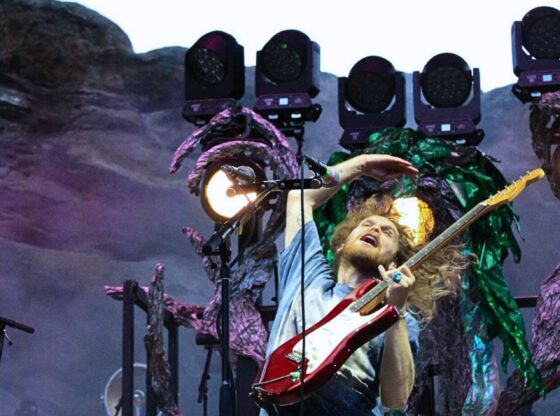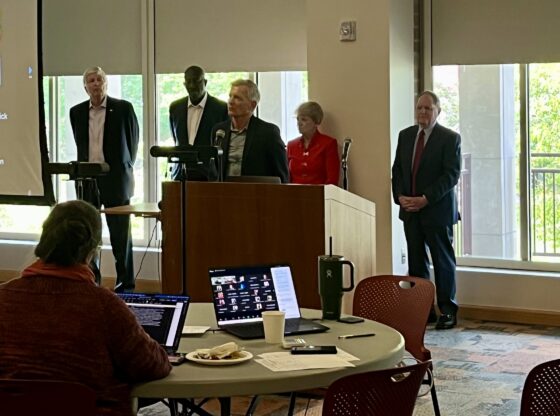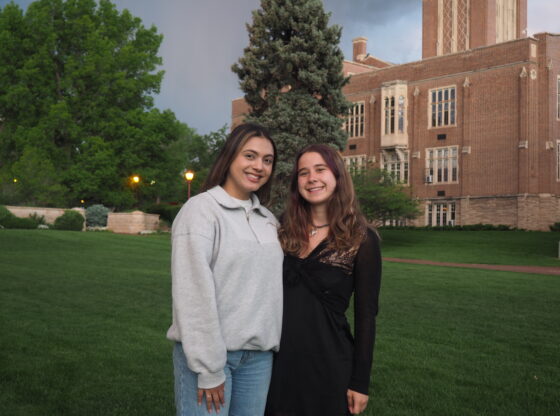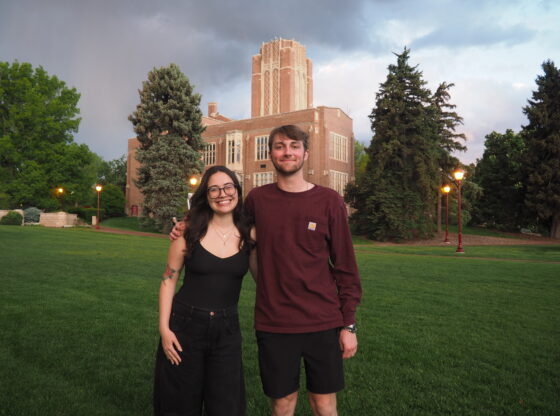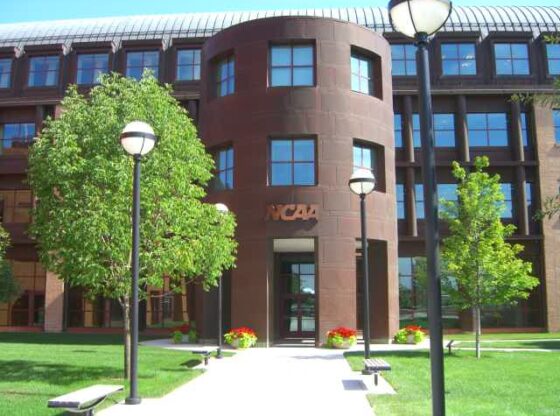There has been a considerable amount of conversation on campus this year concerning the lack of community at DU.
I find it unusual for a private university–where you can’t walk across the bridge without seeing someone you know and with extracurricular programs that cover the gamut of interests–to struggle to provide a sense of community.
I have spent the past year writing my thesis on what makes a strong community and identifying what communities can do to improve. Part of my research has identified what I call a “community foundation,” or an assortment of components that give the community identity and shape.
Such components include a common vision, physical infrastructure, financial resources and human capital–to name only a few.
I suggest that a disregard for two components of DU’s community foundation has led to our abscent sense of community.
The first component is shared history. This is often manifest in buildings, annual activities, traditions and people. The university has all of these in great number, but the acknowledged role in the daily lives of students at DU is minimal.
Over the past decade, our campus has been rebuilt with beautiful buildings, gained a larger student population and grown into an ever expanding long-term development plan. With such change, there are few things that actively connect incoming students (ourselves included) with DU’s past. It is difficult to become a part of a community when the community is in such an enormous stage of transition.
Reconnecting students to a shared history will require activities more inclusive than Fouders Day and with a greater impact than homecoming.
The second factor, unified commitment, directly concerns us, the students. Members of any community must be committed to making the community work. In the words of John Dewey, community must be consciously created and maintained. Community requires members who will actively take on their responsibilities in its development.
DU students too often get away with the excuse, “I don’t have any more time to contribute.” As we get caught up in our own endeavors, we only fulfill the words of Alex de Toqueville when he noted that Americans lack any taste for public business because they are so caught up in their private lives. As a result, continues Toqueville, we also lack the time for public life. Commitment, however, is not concerned with time, only effort.
Unified commitment is built on a common interest among community members. We are a diverse body of more than 3,000 undergraduate students, and a majority of graduate students. Finding a common link in such a diverse community may appear difficult. However, regardless of our varied selves, we will always be held together by our common choice to attend DU and receive a good education.
A unified commitment is fostered through the connections we build while at DU. If we want a community on campus, especially with the undergraduate students, we must be willing to give the time it will take to build the social networks that will connect each of us together as students.
Although we are all very different, the one factor that will connect us all is our tie to the university. When we deny this commonality, there is little hope for a true sense of community.
To improve the sense of commuity at DU, we must enhance the community foundation that exists. Developing a shared history among students will increase our ability to identify with the existing community. As each student commits to his or her role, connections will be built, bringing students together in a true community.


